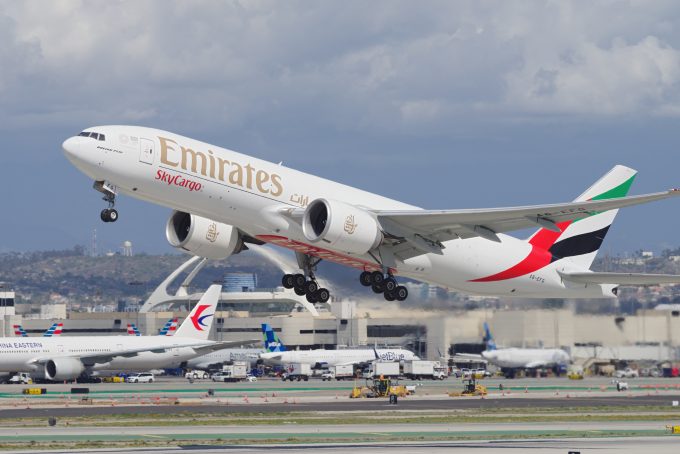MSC invests as Ukraine bids to restore war-damaged logistics infrastructure
MSC is expanding its footprint in Ukraine’s logistics sector, with investments via subsidiaries, as Kiev ...

International airlines flying to the US from countries “that continue to do business with Russia” are facing the prospect of having to take longer routes after senators called for a ban on their use of Russian airspace.
In a rare display of bipartisan collaboration in Washington, ...

Comment on this article